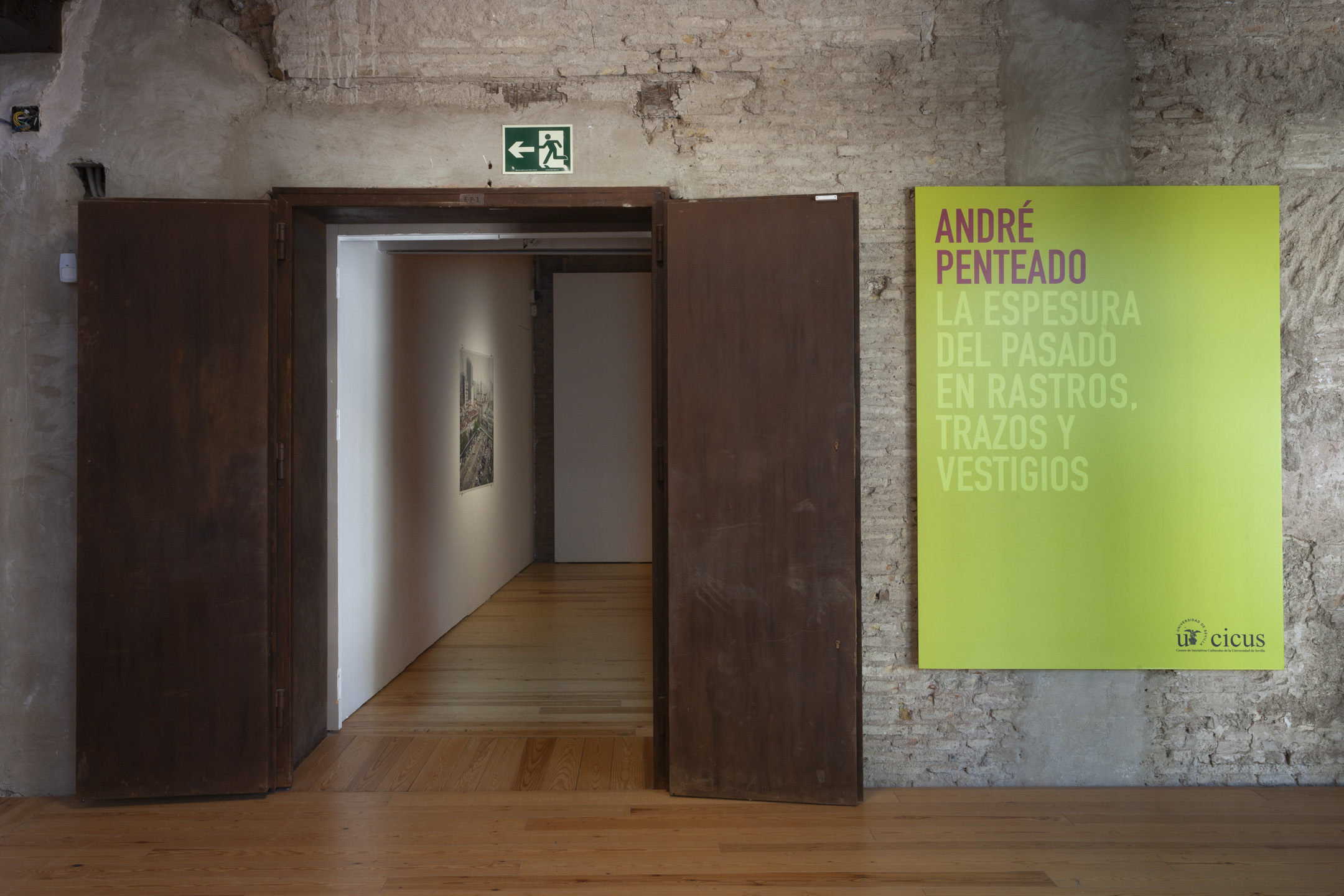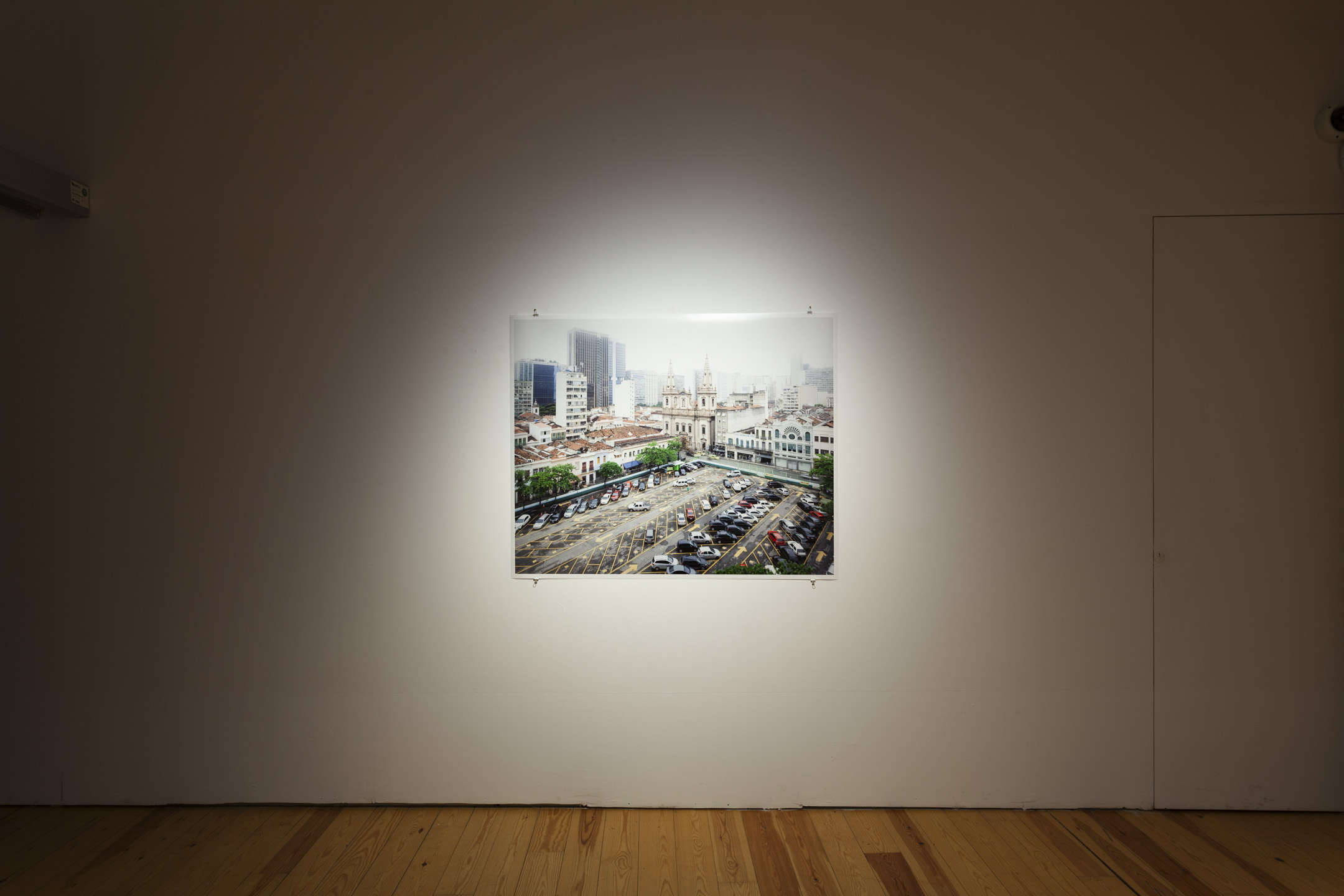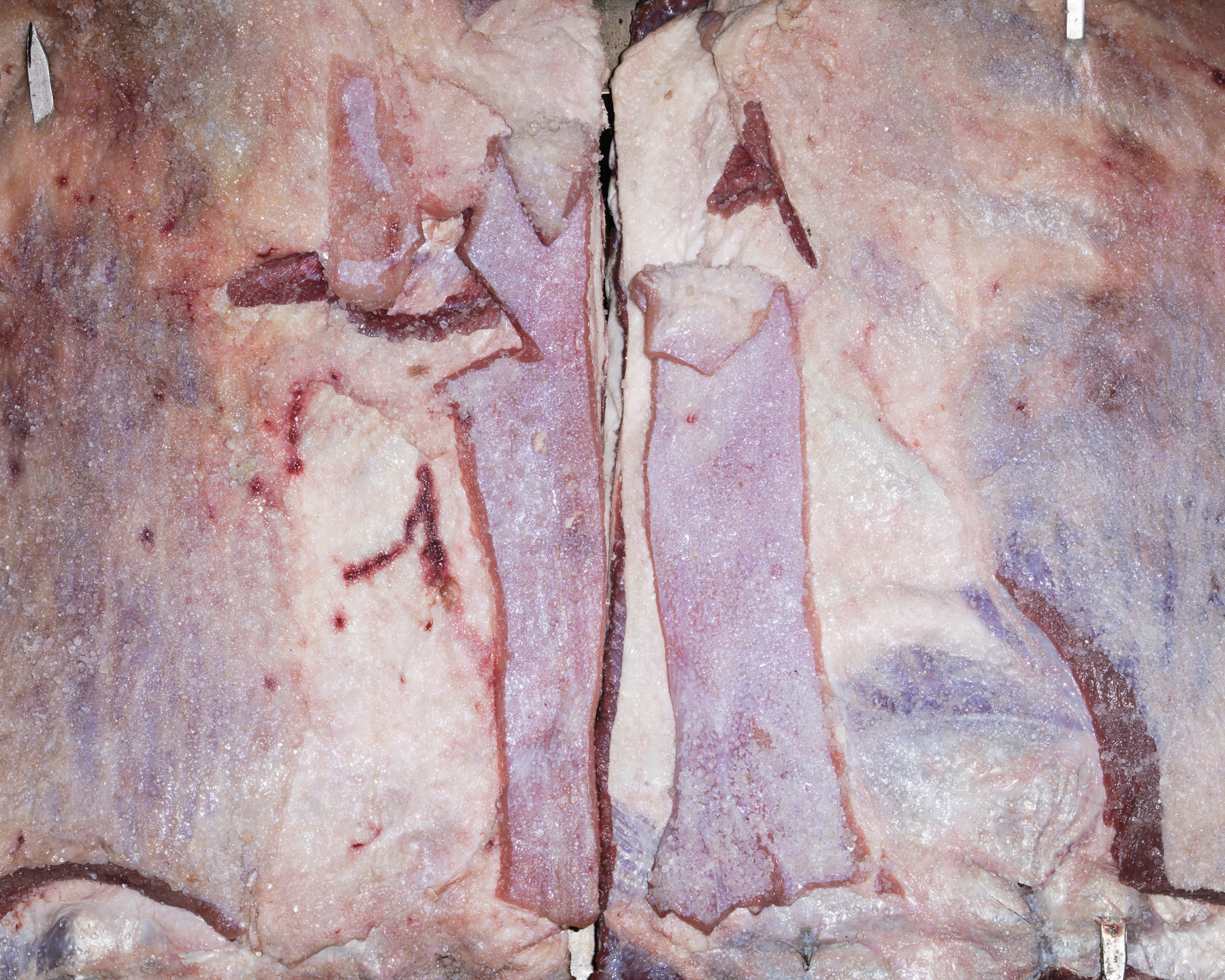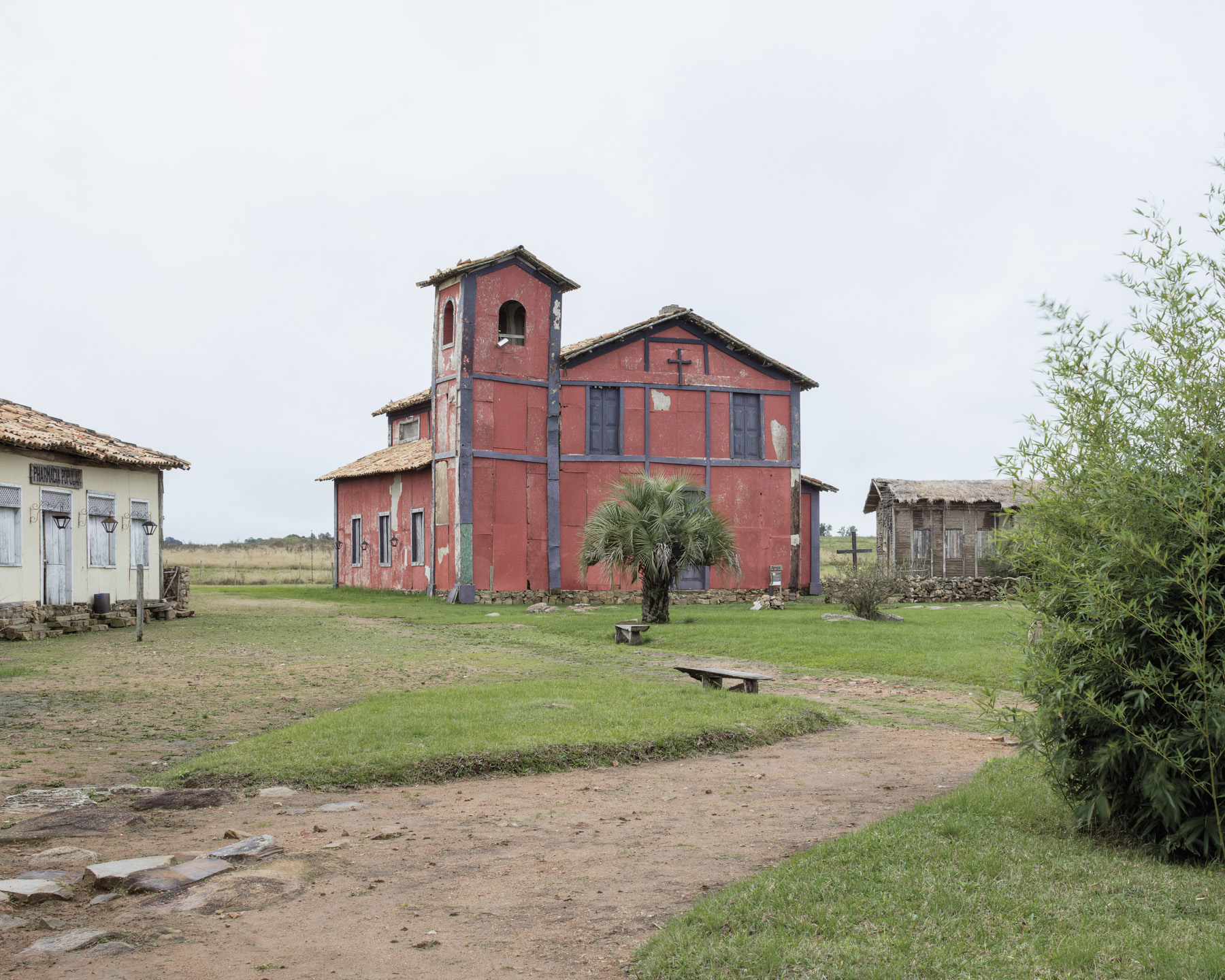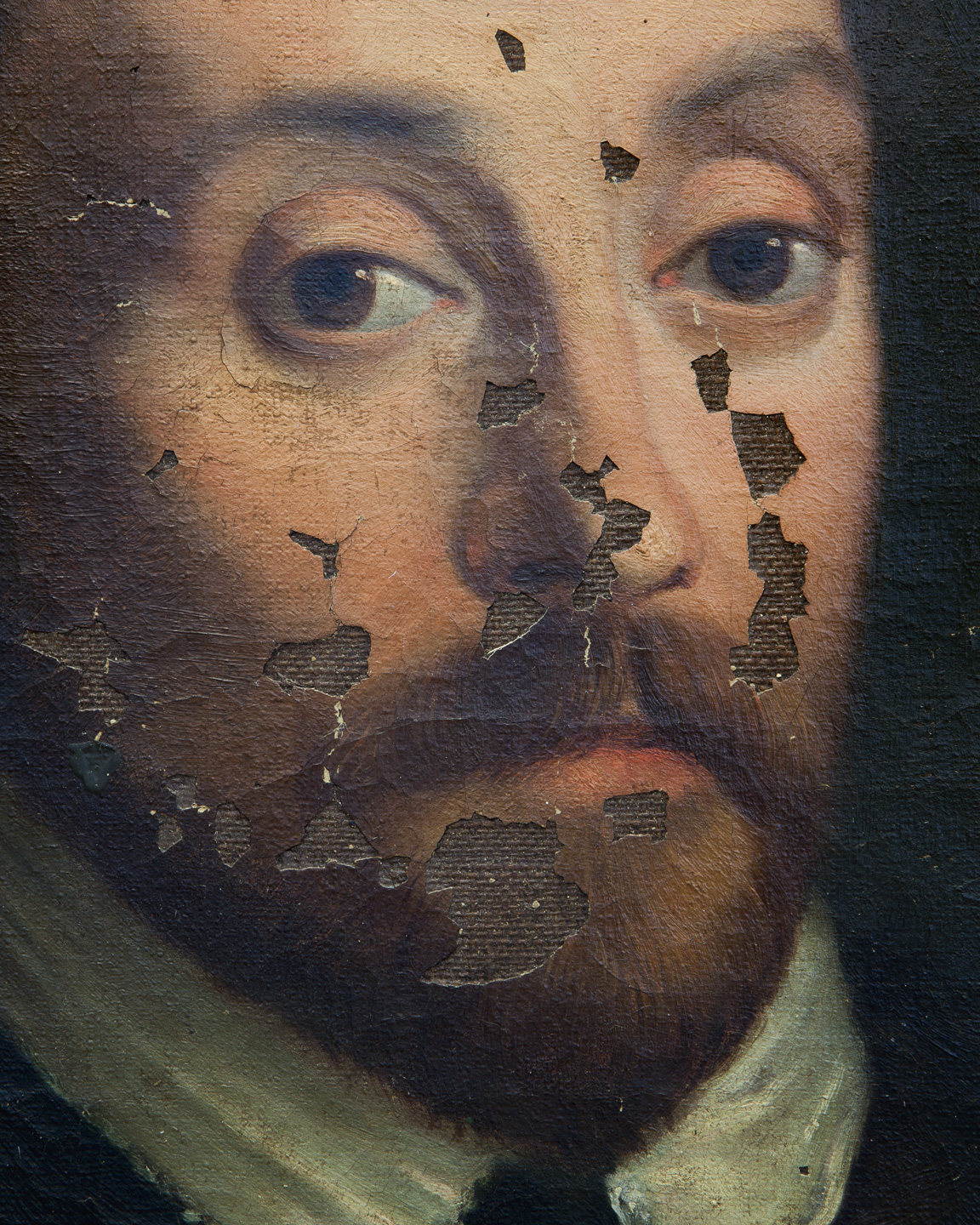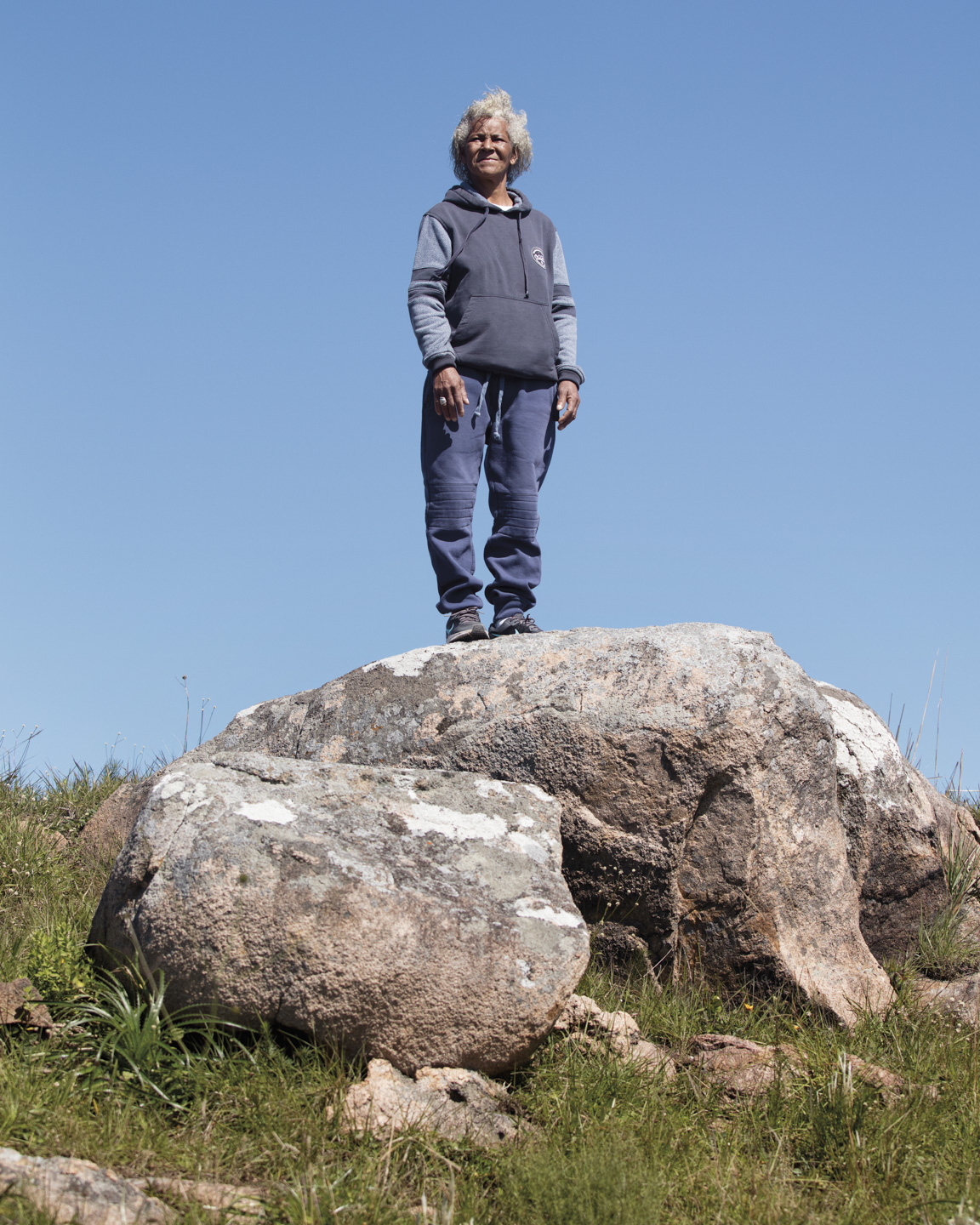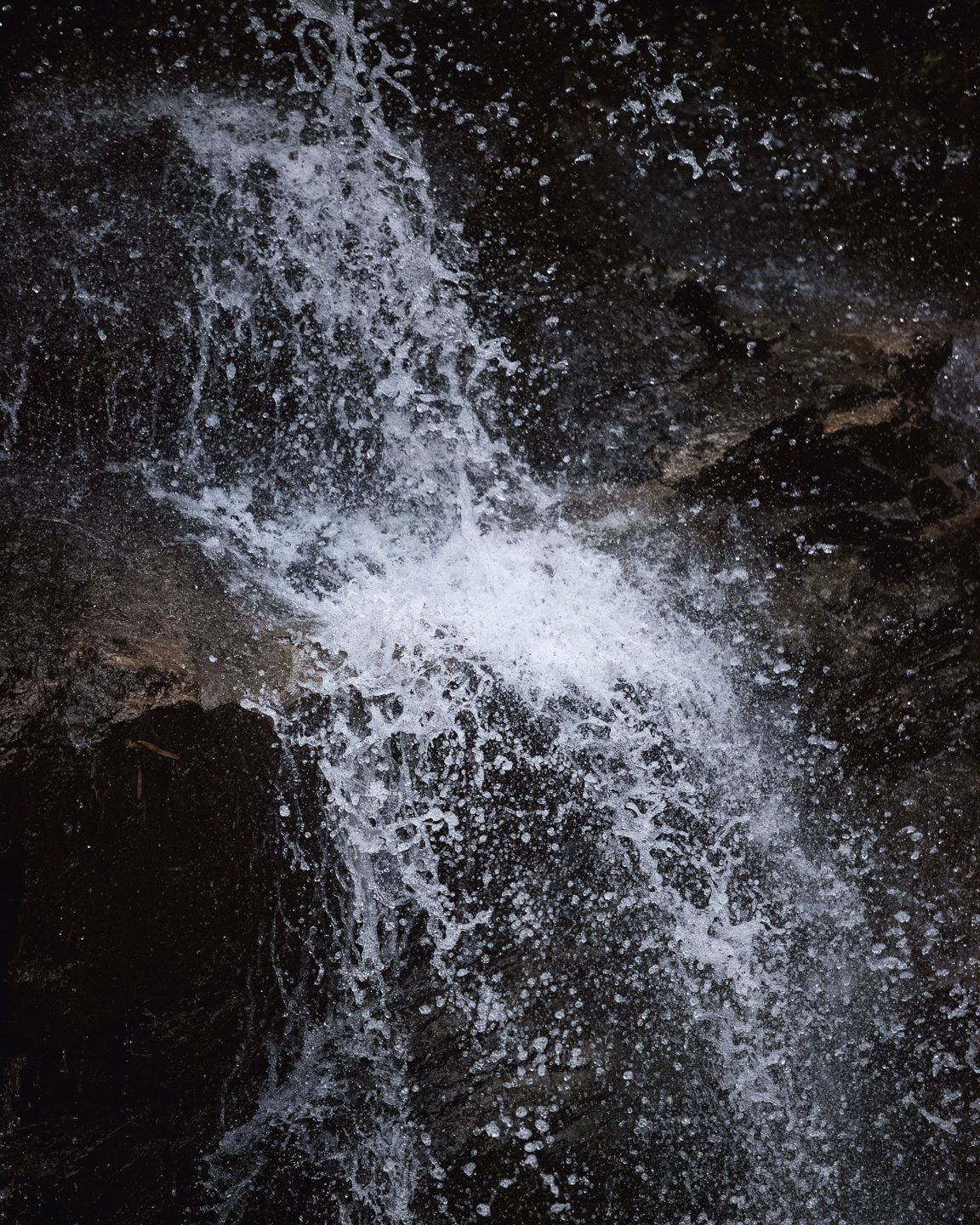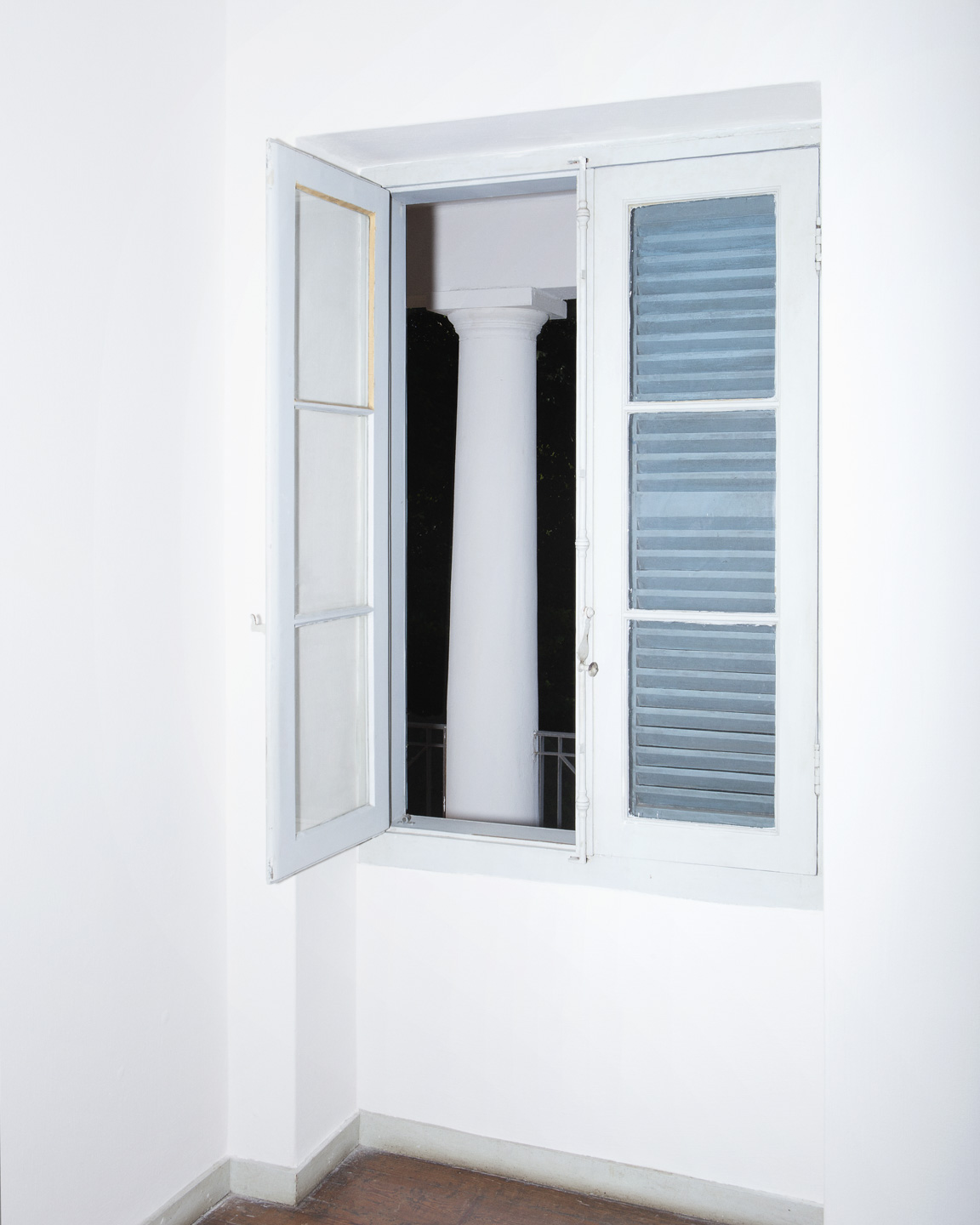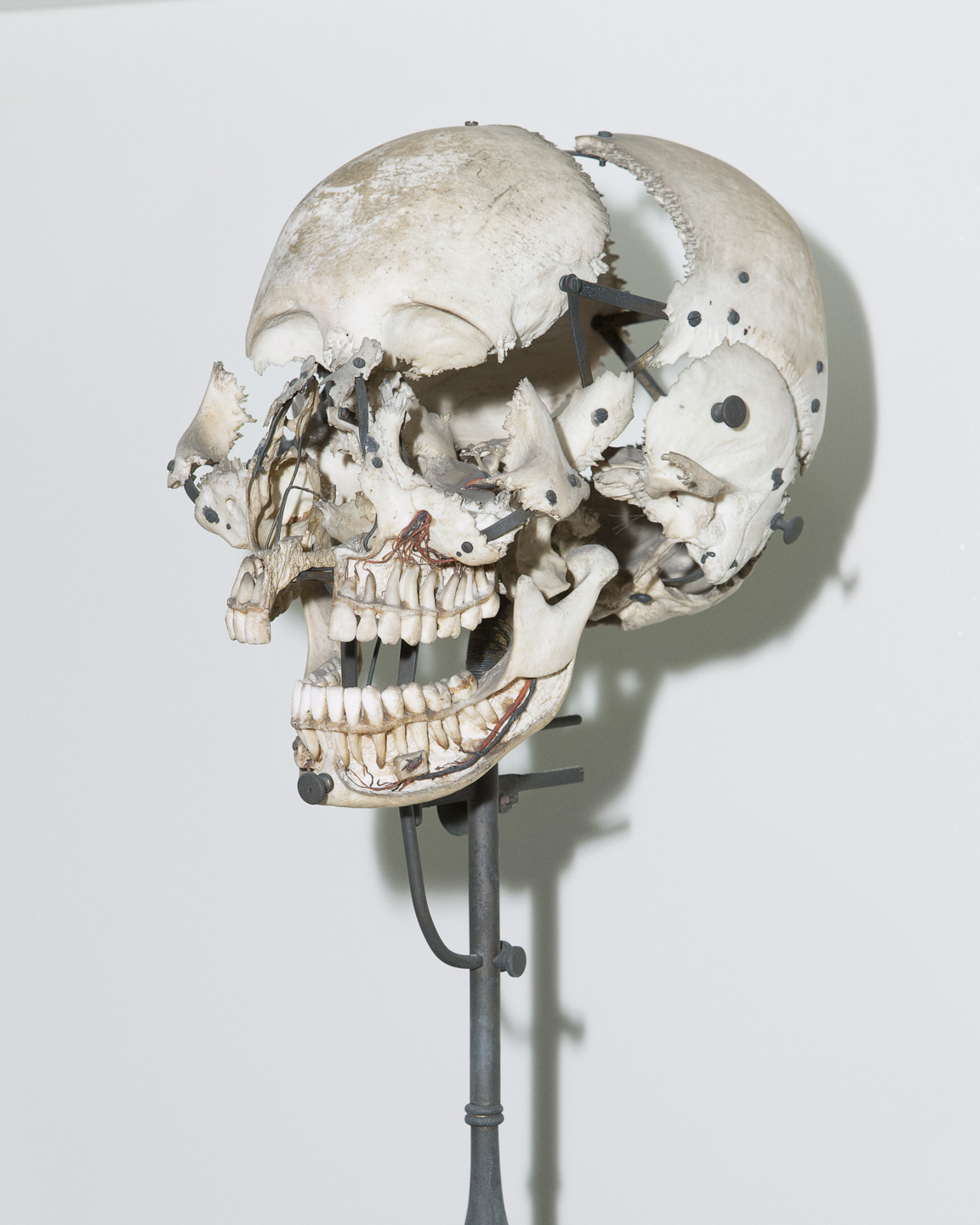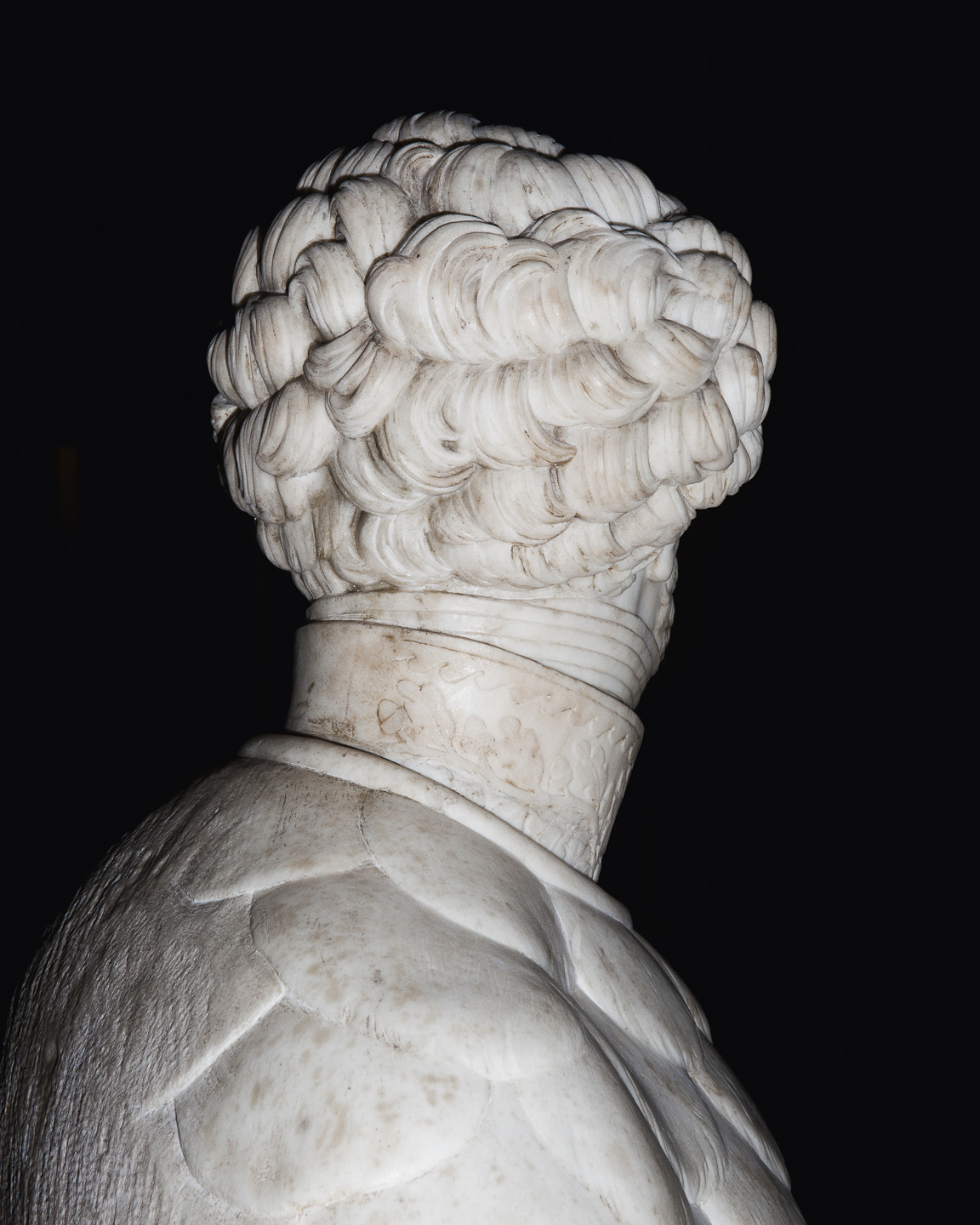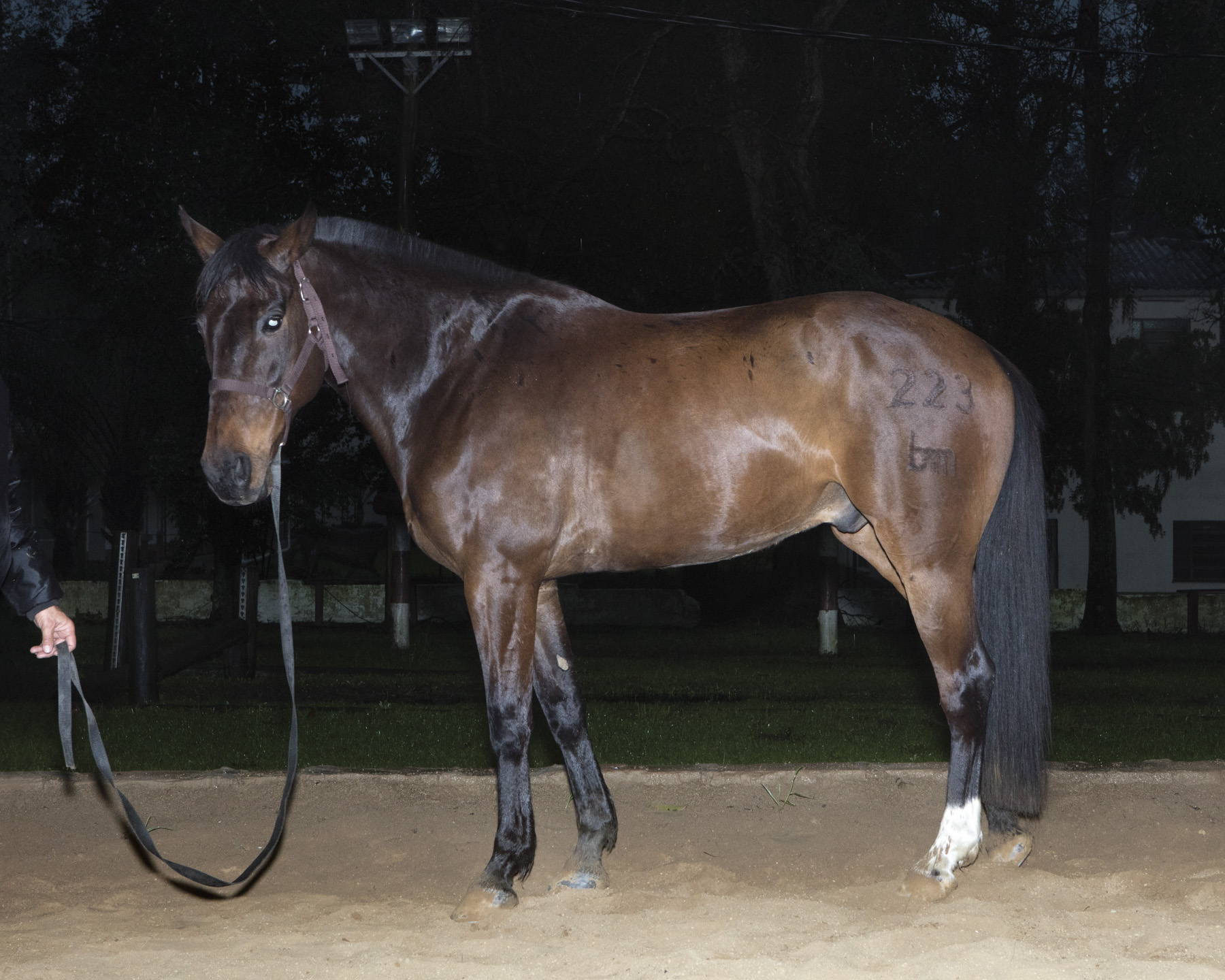CICUS – Centro de Iniciativas Culturales de la Universidad de Sevilla – Sevilha (2022)
Exposição contendo vinte e duas fotografias que fazem parte dos três capítulos do projeto de Rastros, traços e vestígios: Cabanagem, Missão Francesa e Farroupilha.
Curadoria: Péricles Dias de Oliveira
Expografia: Marcos Vinícius Santos
La espesura del pasado en rastros, trazos y vestigios
Rastros, trazos y vestigios (2014 – actual) es un proyecto fotográfico de larga duración en torno al pasado de Brasil. Su autor, el artista visual André Penteado (São Paulo, 1970), recorre escenarios de acontecimientos históricos relevantes para la formación del país y busca identificar sus reverberaciones en el presente. Al distanciarse de la tradición fotográfica documental, Penteado emprende una investigación sin hoja de ruta rígida, interesándose por individuos, escenarios y los objetos más diversos, con conexiones objetivas (ruinas, monumentos) o tangenciales (el guardia de seguridad de un museo) con los sucesos históricos.
Esa apertura al presente permite al artista identificar el pasado en su polifonía, en su espesura, extrapolando los contornos propuestos por la historiografía. No obstante, estos rastros no conducen al espectador a un desenlace, a una narrativa unificadora, sino que provocan un extrañamiento que invita a la reflexión. Al adensar el pasado en el presente, volviéndolo visible y cercano –a partir de un medio también fragmentario, la fotografía–, Penteado abre una pequeña posibilidad de que nos lo adueñemos y lo podamos reasumir.
La espesura del pasado en rastros, trazos y vestigios abarca los tres itinerarios del proyecto finalizados hasta la fecha –Cabanagem (2015), Missão Francesa (2017) y Farroupilha (2020)–, cada uno de ellos concluido con la publicación de un fotolibro. Se trata de títulos homónimos a los eventos históricos que inspiran las obras: Guerra de Cabanagem (1835-1840) y Guerra de Farroupilha (1835-1845), dos conflictos armados acaecidos en las primeras décadas tras la independencia, y la llamada Misión Artística Francesa (1816), nombre por el cual se conoce al proceso de institución del modelo europeo de enseñanza de artes, iniciado con la llegada de un grupo de artistas galos a Río de Janeiro. En la exposición, la violencia de los conflictos bélicos, latente en las fotografías, se mezcla con la violencia del espejo colonial, responsable de una autoimagen nacional construida desde y para Europa.
La obra de Penteado se une a la de un nutrido grupo de artistas contemporáneos que se proponen revisitar el pasado en contextos marcados por la emergencia de memorias marginadas. En el caso brasileño, tras más veinte años de Dictadura Militar (1964-1985), esa reescritura del pasado desde el arte pone de manifiesto los conflictos, olvidos y desechos de una historia tradicionalmente presentada como armoniosa. La precariedad que permea las imágenes del artista señala a la amalgama social producida por los más de 300 años de esclavitud, a los rastros, trazos y vestigios de un pasado que apenas empieza a ser elaborado, y cuyos herederos comienzan a hacerse oír.
Péricles Dias de Oliveira, comisario

